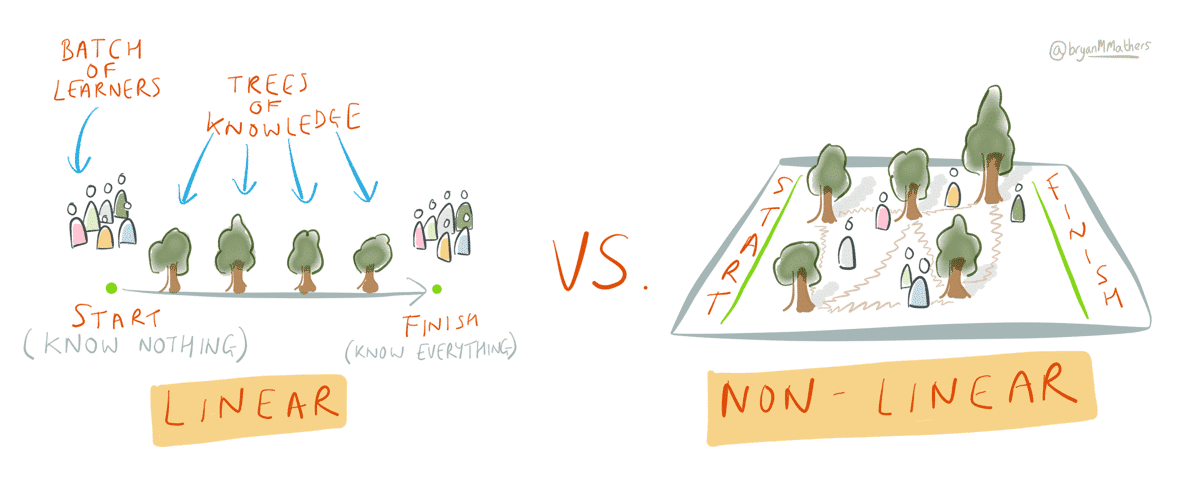This blog aims to demystify the concept of business cycles to enhance understanding of the current economic landscape.
Historically, the study of business cycles has been a focal point for several distinguished economists, including Nikolai Kondratieff, who introduced “The Major Economic Cycles” in 1925, Joseph Schumpeter’s “Business Cycles” (1939), Arthur F. Burns and Wesley C. Mitchell’s “Measuring Business Cycles” (1946), and Carlota Perez’s insights on “Technological Revolutions and Financial Capital” in 2002.
A business cycle encompasses a series of economic phases: expansion, boom, recession, and depression, representing the natural ebb and flow of economic growth within a capitalist framework. This cyclical pattern is instrumental for economic analysis and informed decision-making in business.
There’s a consensus among many economists, echoing Schumpeter and Perez, on the profound impact of technological innovation and financial dynamics on these cycles. Additionally, factors such as the credit and debt cycles, alongside economic inequality, play significant roles in driving these patterns. Despite varied opinions on the specifics, the existence and relevance of business cycles remain undisputed.
Typically, a business cycle initiates with a growth phase (bull period), reaching a peak before descending into decline, culminating in a recession (end of a bear period). Although the latter half of the cycle may see the erosion of previously generated value, the economic value produced during the growth phase often surpasses the losses incurred during the decline.
The Kondratieff Business Cycle
To understand the business cycle, let’s examine the Kondratieff long wave, based on the rolling 10-year yield of the S&P 500. The graph illustrates that we are currently in the final phase of the fifth business cycle. A complete K-wave, or business cycle, spans approximately 45-60 years, averaging 53 years:
Considering the recent surge in the S&P 500, one might argue that the fifth K-wave concluded around 2016. However, this would prematurely end the cycle by 10-15 years, contradicting the average duration of 53 years. Instead, it’s posited that the financial crisis largely resulted from human error due to the reimplementation of mark-to-market accounting for privately owned properties in 2007. Milton Friedman had previously attributed a similar accounting principle as a cause of the Great Depression in the 1930s.
If this analysis holds, a significant financial reset can be anticipated sometime between 2021 and 2031, with the most likely timeframe being around 2023/2024.
The Four Stages of the Business Cycle
Let’s delve into the segmentation of each business cycle. Kondratieff categorized the four stages of economic growth with specific terms: Expansion, Boom, Recession, and Depression. Given his background as an agricultural economist, he further analogized these stages to the natural seasons: spring, summer, autumn, and winter. The similarity between the image below and RoundMap® is intentional, drawing inspiration from Nikolai Kondratieff’s framework.
K-Waves Perceived as S-Curves
Although representing the business cycle as a circle aligns with its cyclical nature, Carlota Perez introduces another perspective: the S-curve. Perez integrates the economic theories of Kondratieff and Schumpeter into this model, using the terms Irruption, Frenzy, Synergy, and Maturity to describe the four stages of technological development.
Business Cycles Summary
To summarize: Business cycles typically recur every 53 years. The current, or fifth, cycle began around 1971 and is anticipated to conclude sometime between 2021 and 2031. We find ourselves in the Maturity stage, akin to Kondratieff’s winter, marking a period where most technological innovations from the 1960s and 1970s are approaching obsolescence.
As investment opportunities in the existing economic cycle dwindle, idle capital is redirected towards new sectors, areas, and regions, setting the stage for the Next Great Surge. Nonetheless, before entering the next phase of Irruption, we must navigate through the challenges of a depression. This period of upheaval is necessary to dismantle outdated structures, paving the way for new advancements to arise.
Disruptive Innovation vs. Creative Destruction
In 1995, Clayton M. Christensen popularized “disruptive innovation” in his groundbreaking book, “The Innovator’s Dilemma.” He detailed how established companies can be overtaken by new entrants wielding emerging technologies. Christensen advocated for a shift from “sustaining innovation,” which focuses on incremental improvements to add value, to “disruptive innovation.” This type of innovation creates new markets and value networks, displacing market leaders, products, and alliances.
Christensen’s ideas build upon Joseph Schumpeter’s “creative destruction” concept, which posits that outdated structures and ideas must be dismantled through innovation and competition to make way for new resources and innovations. This process of creative destruction is seen as an evolutionary mechanism that favors efficiency and innovation over less effective organizational methods. Grasping Christensen’s and Schumpeter’s theories is crucial for effectively navigating the current Maturity stage of the business cycle.
Navigating the Long-Wave Business Cycle
With a solid grasp on business cycles and our current position within one, let’s examine the features of the Peak and Trough phases of a business cycle. To illustrate where these phases occur, a graph has been prepared:
Comparing Perspectives
The graph displayed (above) illustrates our current position, nearing the trough of the Kondratiev long wave. This position is an estimate; predicting the future precisely is impossible, and clarity will only come in retrospect. Explaining the entire image in detail would be time-consuming, but understanding our current phase is sufficient.
In addition to Kondratieff’s economic phases of the business cycle (expansion, boom, recession, and depression) and Perez’s technological stages (irruption, frenzy, synergy, and maturity), I’ve incorporated my framework of Conditional Growth stages: expand, exploit, extend, and explore, at the bottom. Let’s examine how these perspectives intersect:
| Creator | Stage 1 | Stage 2 | Stage 3 | Stage 4 |
|---|---|---|---|---|
| Economic Growth (Nikolai Kondratieff) | Expansion | Boom | Recession | Depression |
| Technological Advancement (Carlota Perez) | Irruption | Frenzy | Synergy | Maturity |
| Conditional Growth (Edwin Korver) | Explore | Expand | Exploit | Extend |
Dynamics at the Peak versus the Trough
Now that we’ve identified the peak and trough within the business cycle and acknowledged our movement towards the trough let’s explore a list of contrasting pairs that highlight the differences between these two extremes in the business cycle.
Presented in no particular order, this list reveals that many, if not all, characteristics associated with nearing the trough are prominently featured in recent business discussions. Recognizing that a cyclical mindset aligns with today’s challenges, whereas a linear approach falls short, guides us on what actions to take. Interestingly, our analysis shows a clear preference for nonlinear over linear thinking. While circular thinking has its merits, I advocate for spiral thinking, especially considering recent sustainability discussions framing the concept of ‘circularity.’
Given our place in the business cycle, it’s evident that linear thinking won’t address our current challenges. RoundMap® draws upon cyclical and spiral models, reflecting this understanding.
| Traits at the Peak of the cycle | Traits at the Trough of the cycle |
|---|---|
| LINEAR THINKING (from A to B, roadmap) | SPIRAL THINKING (coming full circle, round trip) |
| Linear Thinking (top-down, arrogant, ignorant, excessive, always be right, superiority attitude, 1-way communicating, ego-centric, absolute, take and keep, conquer nature, compete, judgmental) | Spiral Thinking (connected, integrated, balanced, unity, equality, harmony, practical, pragmatic, life-based, intuitive, listening, give and share, modesty, trust, acknowledgement, cooperate, creativity, ingenuity, innovate) |
| Competition (closed formation, secrecy) | Collaboration (co-opetition, across the silos) |
| Profit-driven (efficiency, productivity, costs) | Purpose-driven (why, meaning, engagement) |
| Authority (restricted, procedures, protocols, scrutiny, conformity, compliance) | Autonomy (empowered, distributed authority, given a voice, responsibility, self-organization) |
| Separated (SOS, siloization, exclusivity, boundaries, barriers, conflict) | Connected (circles of trust, cooperation, psychological safety, emotional intelligence) |
| Hierarchy (ranking, subordinates, boss) | Community (equality, diversity, amicable) |
| Masculine (conquer, acquire, everything is in a box, heros, extravert, hard skills) | Feminine (consolidation, retain, regroup, everything is connected, commonalities, soft skills) |
| Specialists (expertise, barriers, boundaries) | Generalists (cross-silo, connecting, innovative) |
| Logical/rational (head, self-centered, numbers, results, KPIs, intelligence, data) | Intuitive (heart, community, gut feeling, emotional intelligence, social intelligence) |
| Conformity (convergent, consistent, commitment, alignment, part-of-the-box) | Diversity (divergent, exceptions, conflicting, re-thinking, out-of-the-box) |
| Communication (sell, sending, telling) | Listening (engage, empathy-driven, learning) |
| Me (ego-centric, selfish, pride, bold) | We (community, humble, modesty, respectful) |
| Take and Keep (impatient, selfish, greedy) | Give and Share (contribute, reciprocate) |
| Theoretical (models, forecasts, systems) | Practical/pragmatic (experience, know-how) |
| Men Rule (conquer and deplete nature, pollution, indifference) | Nature Rules (balanced, sustainable, reuse, refit, restore, respect) |
| Consistency (repeat, economies of scale) | Change (adaptation, innovation, transformation) |
| Certainty (forecasting, risk averse, flow) | Crisis/chaos (prototyping, LEAN, agile, flux) |
| Execute (result-driven, cost reduction) | Experiment (discover, testing, scenarios) |
| Long-term (5-10 years) | Short-term (1-2 years) |
| Mass Production (consistency, economies of scale, uniformity, market dominance) | Personalization (products, services, or experiences; custom-build, build-to-order, agile supply chain) |
| Sustaining Innovation (existing products, incremental change, better value, higher margins, directed at the best customers, defending market share) | Disruptive Innovation (new competitor or market entrant, more-suitable functionality, focus on overlooked segments, lower priced, nibbling away market share) |
| Acquisition (create a customer, relevance, persuasion, order value, transactional) | Retention (keep a customer, satisfaction, significance, customer value, relational) |
| Relevance (focus on present problems, needs, and desires) | Relevance (focus on present problems, needs, and desires) |
| Rational (facts, logical, calculated, predictability, cause and effect, IQ) | Emotional (triggers, connection, relationship, reciprocity, EQ/SQ, deeper meaning) |
| Fragile (routines, systems, robustness) | Antifragile (beyond resilience, embracing failure) |
| Revolving (repeat, resist change, predictable outcomes) | Evolving (learning, adapting, changing) |
| Quantitative (playing the numbers game, cash conversion, ROI, KPIs, scale, mass) | Qualitative (culture, beliefs, ethics, EQ, SQ, purpose, the story to tell, personalization, made-to-order) |
| Optimization (higher productivity, reducing waste & loss, increasing cash conversion) | Innovation (prototype, iterate, design thinking, experience design, upscaling, venture design) |
| Productivity (produce more in less time) | Creativity (discover more value in less time) |
| Captain (decisive leadership, unforgiving, steering, formal, masculine, hero-type) | Culture (psychological safety, trust, confidence, diversity, engagement, alignment, open) |
| Competitive Advantage (sustainable, unsurpassable, differentiating, stability) | Transient Advantage (responsive, fleeting, complementary, change as usual) |
| Exploit (capitalize on, mass, optimization, productivity, silos, product-centric) | Explore (agile, innovation, product/market fit, job to be done (JTBD), market-centric, circles) |
| Robustness (the capacity to meet matched/known challenges) | Resilience (the adaptive capacity to meet unseen and unmatched challenges) |
| The Art of War (big statements, attack, defend, shock-and-awe, exploit, linear) | The Art of Raw™ (hypothesis, prototyping, testing, building, launching, expect-to-fail, cyclical) |
Linear vs. Sequential Thinking
Linear thinking involves viewing ideas or processes as starting at one point (A), proceeding through a sequence of steps, and concluding at another point (B). This approach embodies the belief that processes start, proceed, and then cease without continuation. It emphasizes a step-by-step progression where outcomes often remain unchanged, potentially limiting creative insight and higher levels of awareness. The mindset gets trapped in repetitive patterns and beliefs, leading to inflexibility and a diminished capacity for adaptation.
Linear thinkers approach problem-solving by applying information from one situation to another, seeking consistency, rules, formulas, or patterns that can be used across various contexts and for making predictions. This method implies a cause-and-effect relationship where one action directly leads to the next. Individuals with a linear mindset excel in fields such as mathematics, science, and technology, where such sequential logic is paramount.
Thus, linear thinking is characterized by building on the past, striving for consistency, continuity, productivity, predictability, and the ability to forecast through extrapolation. It values rational order, logical progression, sustaining innovation, and the capacity for gradual adaptation.
Nonlinear, Spiral, or Systems Thinking
Nonlinear thinking diverges from the linear approach of following straight lines or sequential steps. It involves drawing connections between seemingly unrelated concepts or ideas and deriving conclusions from examples across diverse fields or backgrounds.
Nonlinear thinkers excel in spiral thinking, which explores solutions in multiple directions or through outward expansion rather than following a single, linear path. This approach recognizes the existence of multiple starting points for solving a problem, allowing for applying solutions from various premises, deductions, and inferences. It acknowledges that events can have several causes, not just one, highlighting the essence of nonlinear thinking.
Abstract thinking is another aspect of nonlinear thinking, where success and happiness are subjective and vary between individuals. Systems thinking, a subset of nonlinear thinking, focuses on systems’ entirety and underlying dynamics, identifying patterns within chaos and prioritizing processes over content. It operates under the premise that organizations behave unpredictably in chaotic environments.
Consequently, nonlinear thinking is associated with embracing the present moment, adapting to change and disorder, and navigating complexity and chaos theory. It emphasizes systems thinking, heightened sensory perception, and accepting discontinuity and circularity. Nonlinear thinking drives insurgence, revolution, evolution, disruptive innovation, and transformation, advocating for a dynamic and holistic approach to understanding and solving problems.
“The world as we have created it is a process of our thinking. It cannot be changed without changing our thinking.”
Albert Einstein Tweet
Author
-
Edwin Korver is a polymath celebrated for his mastery of systems thinking and integral philosophy, particularly in intricate business transformations. His company, CROSS-SILO, embodies his unwavering belief in the interdependence of stakeholders and the pivotal role of value creation in fostering growth, complemented by the power of storytelling to convey that value. Edwin pioneered the RoundMap®, an all-encompassing business framework. He envisions a future where business harmonizes profit with compassion, common sense, and EQuitability, a vision he explores further in his forthcoming book, "Leading from the Whole."

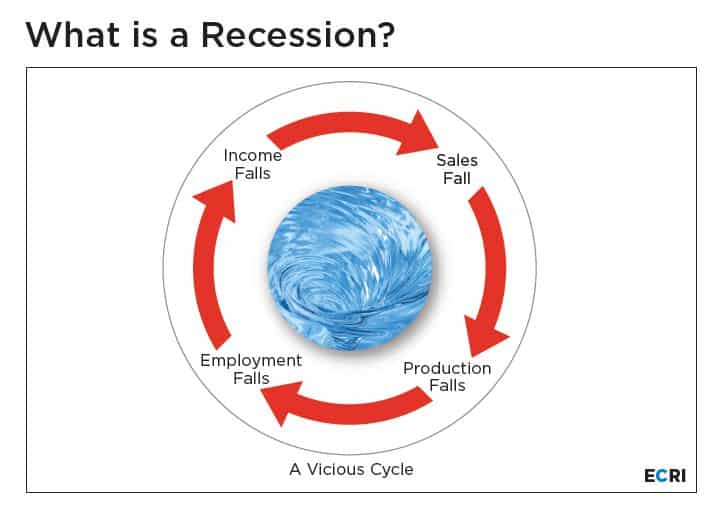
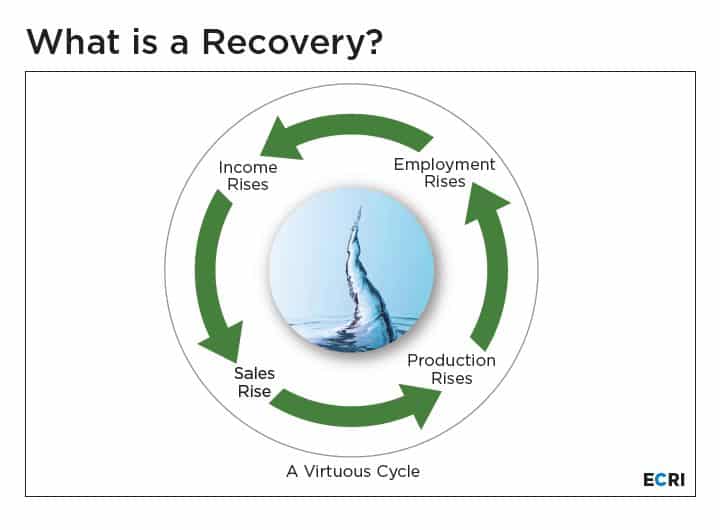
![Ascending from Decline: Change Your Way of Thinking 3 Diagram_Kondratieff_wave[1]](https://roundmap.com/wp-content/uploads/Diagram_Kondratieff_wave1.png)
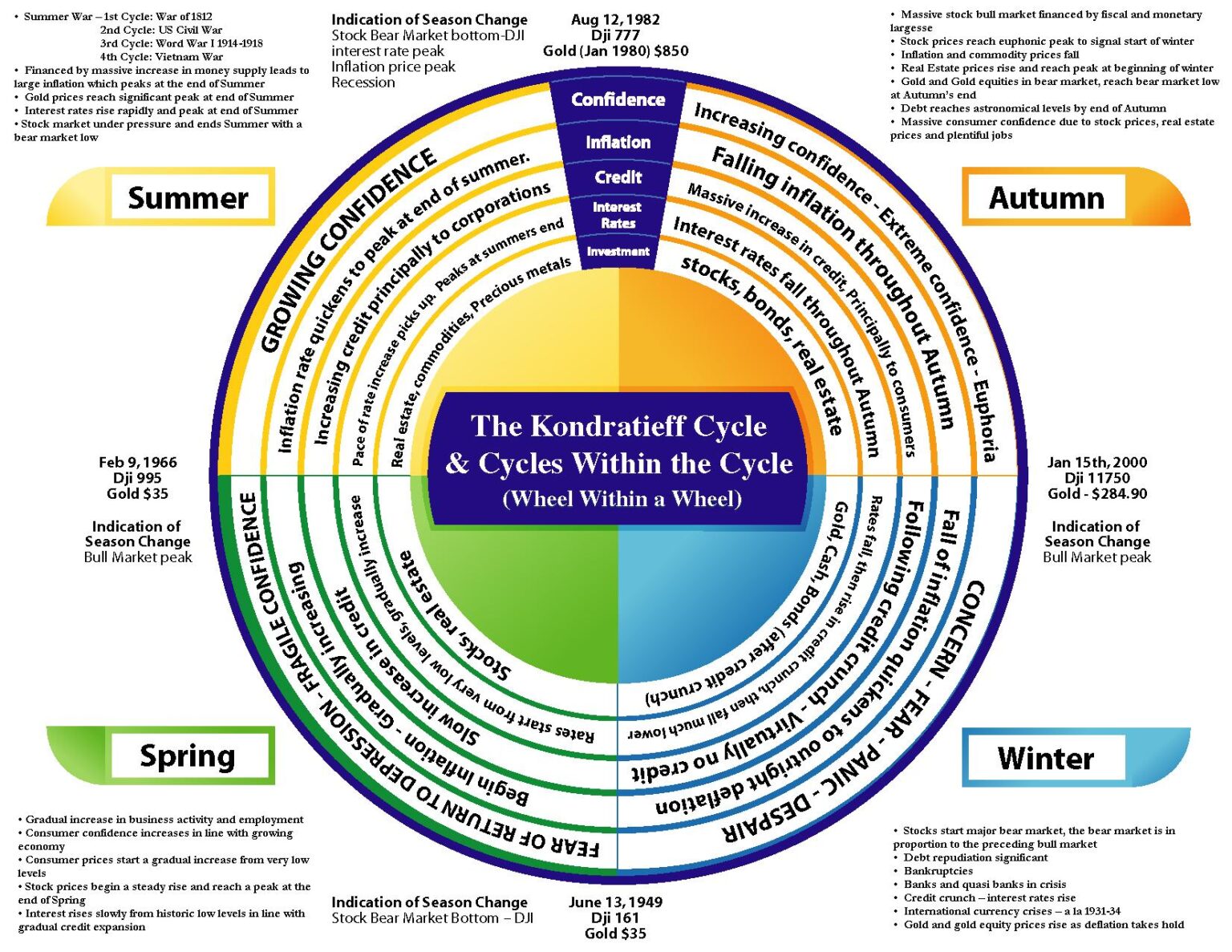
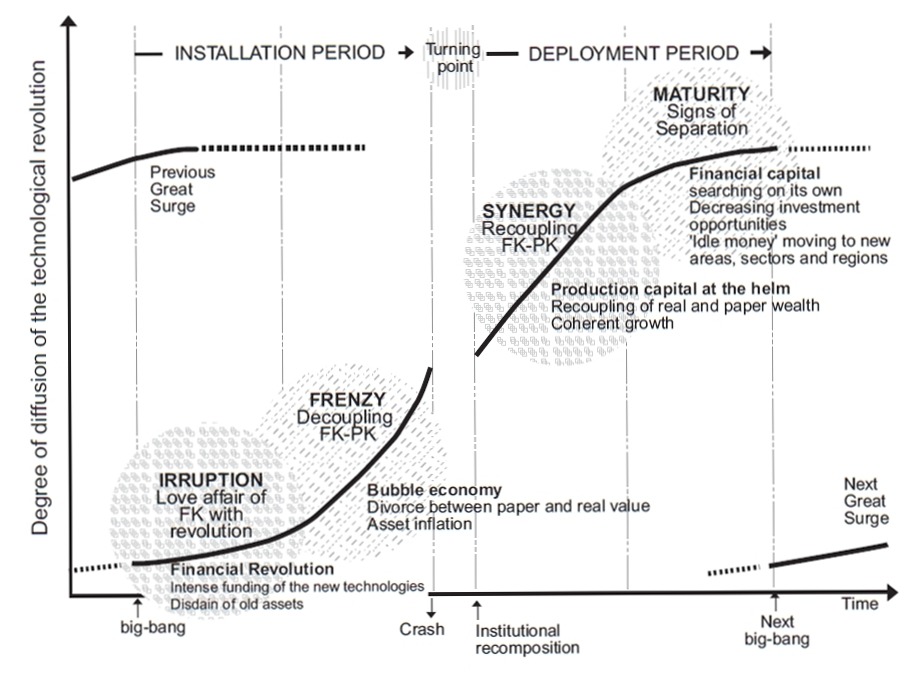
![Ascending from Decline: Change Your Way of Thinking 6 ROUNDMAP_Slide_Mastering_Business_Cycles_Copyright_Protected_2021[1]](https://roundmap.com/wp-content/uploads/ROUNDMAP_Slide_Mastering_Business_Cycles_Copyright_Protected_20211.png)
